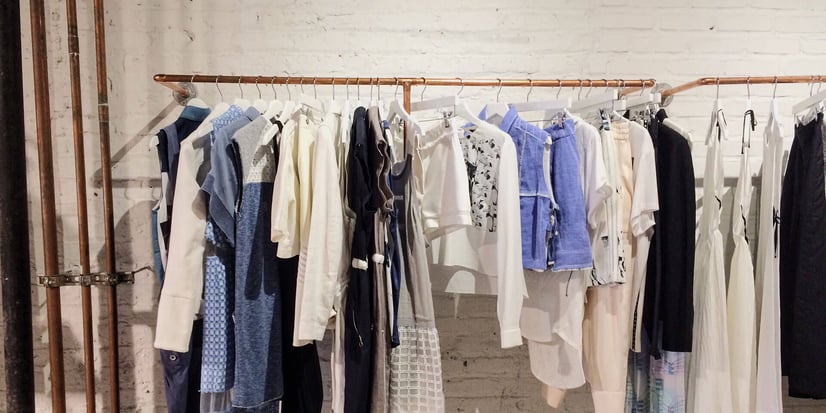Personalisation for fashion retailers: a valuable marketing strategy or a gimmicky marketing ploy?

A vibrant jumper in a print ad catches your eye on the tube and you decide it’ll be perfect for your upcoming trip. Above ground, you visit the store’s mobile site and hesitate at the price. You add the jumper to your basket anyway, but pause to ponder the purchase. Moments later, the retailer sends you a text with a 20 percent off voucher for any item in the store, conveniently located half a mile away. Armed with clear directions and your new voucher, you walk over and purchase the jumper. The next day, the shop sends a thank-you email for redeeming the offer and invites you to next week’s trunk sale. You forward the email to five friends and invite them to make a day of it with you. This anecdote illustrates more than a successful retail transaction—instead, it’s a prime example of how personalisation makes the shopping experience better for both customers and retailers.
Use personalisation for a better shopping experienceToday’s consumers are ready and willing to provide personal information to retailers because they benefit too. The proof is in the numbers:
- 40 percent of global consumers want brands to track and analyse data to optimise their shopping experience. [source]
- Almost 60 percent of consumers say they would try a new brand or company for a better customer service experience. [source]
- More than 50 percent of consumers said they bought more from retailers that suggested products based on their browsing and buying history. [source]
So if consumers are comfortable sharing information, then retailers should ask themselves: how can we use customer data to provide shoppers with relevant offers? The answer lies in deploying the right technologies—successful retailers use integrated retail management systems that connect inventory to POS and provide custom recommendations based on a customer’s purchase history.